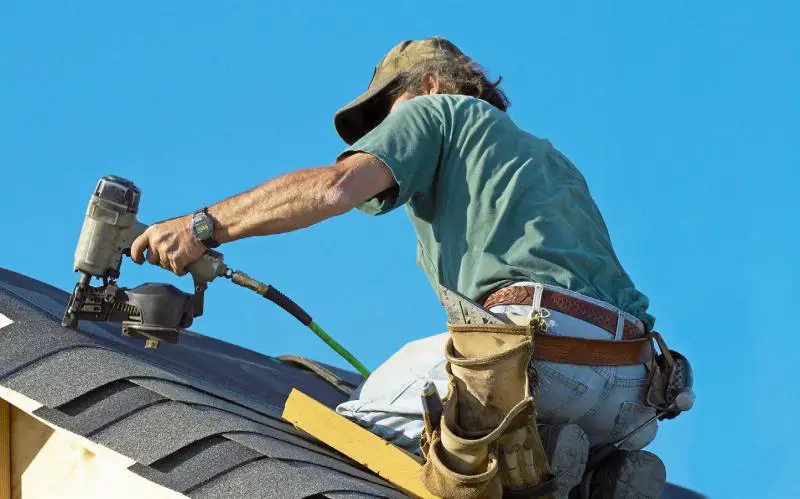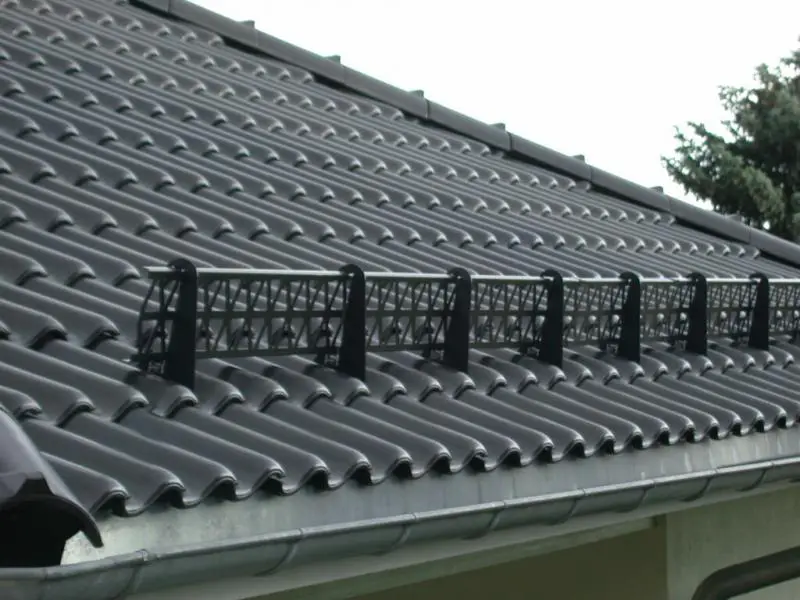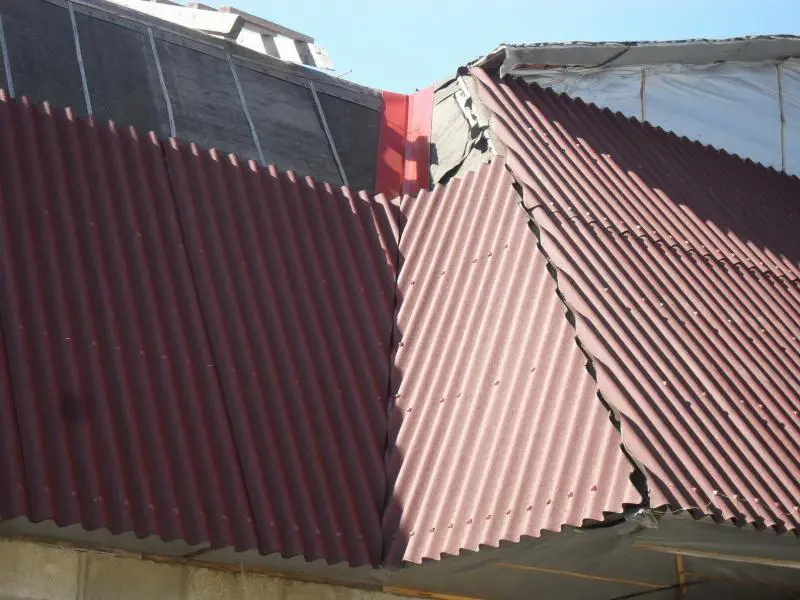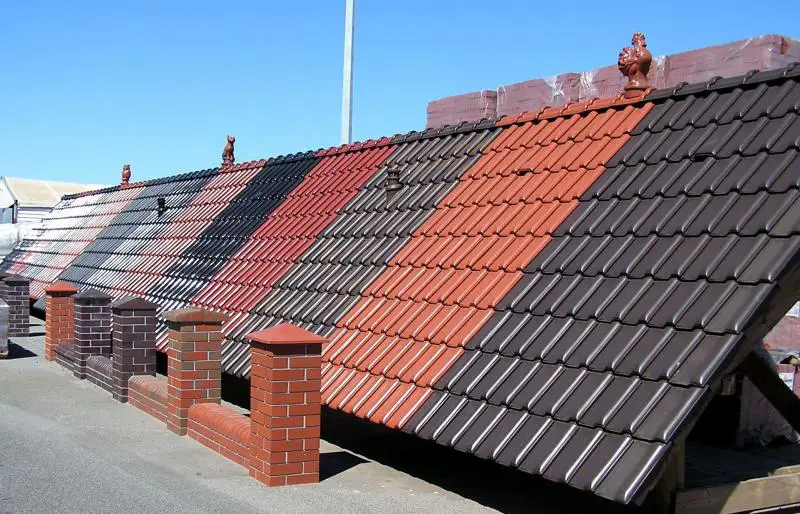There can be your advertisement
300x150
How to Install Plastic Windows Correctly
Plastic windows maintain their strong market position and enjoy steady demand. As a result, many companies now offer PVC window assembly and installation. However, an inexperienced person may struggle to assess whether the company they’ve hired is truly professional.
For this reason, many people prefer to install windows themselves. Even when hiring installers, it’s wise to understand the correct procedure to directly oversee the process.
It’s logical that proper installation directly affects the window’s lifespan, hardware performance, and insulation quality. Poor installation often leads to defects within two or three years.

Can You Install Windows with Foam?
Unfortunately, most plastic windows in our country are not installed according to state standards. The main issue is using mounting foam as the primary seal between the window frame and the opening. While foam has many advantages, it is not durable: it degrades under temperature changes, moisture, and sunlight. Moreover, it absorbs water easily, becoming a breeding ground for mold and fungi.
In Europe, window installation uses a sealing technology. The internal joint is filled with insulation materials, while the external side uses waterproof protection. This allows windows to 'breathe' while maintaining excellent insulation. This method is now used in some regions, but due to higher costs, it has not yet become widespread.
Therefore, if foam installation is unavoidable, additional protective measures must be taken. Internal and external joints must be treated with specialized sealants (available on the market).
Installation Process
Proper PVC window installation involves these key steps:
- Measuring the window opening;
- Removing the old window. First, remove the sashes, then the trim and wall linings. After that, remove the window frame, sill, and drip edge;
- Cleaning the opening thoroughly. Some installers skip this step to save on sealant, but this compromises quality and is unacceptable.
- Attaching anchor plates to the new frame. The distance between them must not exceed 70 cm to prevent sagging;
- Aligning the frame perfectly level and securing it with screws;
- Filling the opening with insulation materials;
- Installing the drip edge, which is secured with screws. For better sound insulation, apply sealant or foam under the edge;
- Installing the window sill. Its edges must extend into the wall by more than 1.5 cm. Also, avoid covering radiators with the sill, as this causes condensation;
- Finally, attach the sashes, handles, and wall linings.
Final Tips
After installation, test the window: it should open and close smoothly without effort. The hardware must operate smoothly and silently.
If installation was done correctly, the gap between the frame and wall should not exceed 3 cm. Otherwise, plaster damage and hardware issues may occur.
Hardware quality greatly affects window performance. Some manufacturers or buyers cut corners here, leading to future problems. After installation, test handles and latches several times to ensure proper function.
Lastly, remember that plastic windows require proper maintenance. This is essential for long-term performance.







